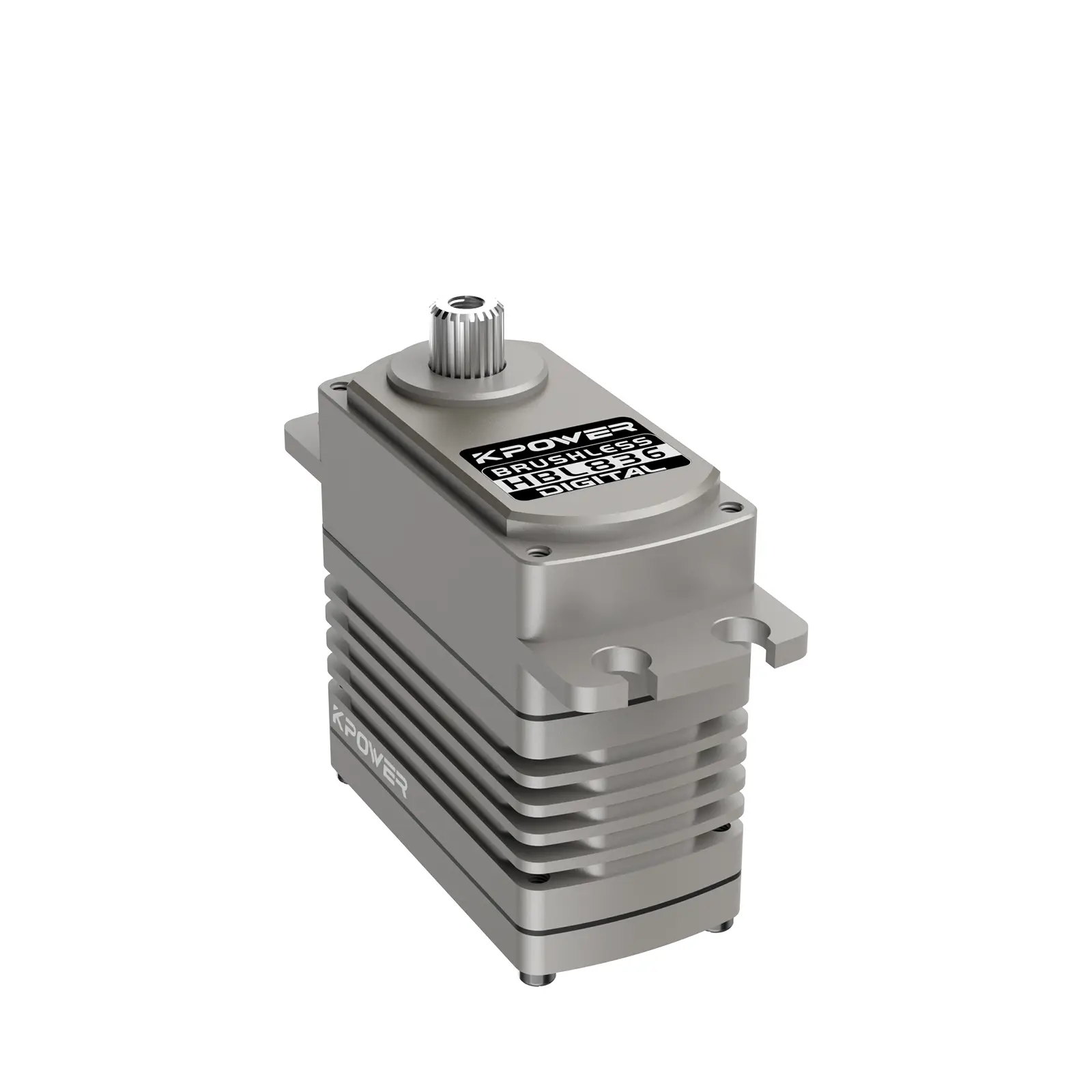Sure! Here's the first part of the soft article based on the theme "stepper motor with gear worm." I'll start with the title, description, keywords, and then provide part 1. After that, I'll deliver part 2 in a follow-up message.

Harnessing Precision and Power: The Magic of Stepper Motors with Gear Worms
In the vast world of motion control and automation, few components stand out as emblematic of precision and reliability quite like stepper motors. These compact, robust devices are known for their ability to convert electrical pulses into precise rotational movements without the need for feedback systems. But when woven together with gear worms—a special type of gear reduction mechanism—the result is a powerhouse capable of delivering unparalleled torque, accuracy, and durability.
Understanding the Basics: What is a Stepper Motor?
At its core, a stepper motor is a brushless, synchronous electric motor engineered to move in discrete steps. Unlike traditional motors that spin continuously under a steady voltage, stepper motors break down rotation into a specific number of steps—typically 1.8°, 0.9°, or 0.36° per step, depending on their design. This granularity allows for exact position control and repeatability, making stepper motors indispensable in applications where precision is paramount.
The inner workings involve multiple stator windings energized sequentially, creating a magnetic field that “pulls” the rotor into position for each step. Because of this design, stepper motors inherently operate open-loop systems—no need for sensors or feedback to supervise position, making them simpler, more reliable, and often more cost-effective.
Gear Worms: A Mechanical Marvel for Torque and Speed Control
Enter the gear worm—a type of gear reduction mechanism characterized by a worm (a screw-like gear) engaging with a worm wheel (a gear wheel). This configuration is unique because it provides high gear ratios within a compact space. The worm gear can convert rotational motion into a significant reduction in speed while amplifying torque, making it particularly suitable for applications demanding substantial force at low speeds.
One of the distinctive features of gear worms is their self-locking ability. When the gear ratio is high enough, the worm gear can prevent back-driving—the gear’s resistance to reverse rotation—serving as an effective brake without requiring additional components. This makes gear worm assemblies especially valuable in applications where holding position under load without power is necessary.
Synergizing the Two: Why Combine a Stepper Motor with a Gear Worm?
While a stepper motor excels in delivering accurate and repeatable motions, its raw torque and speed may not suffice for all applications. Combining it with a gear worm assembly, however, overcomes these limitations by dramatically increasing torque output, reducing rotation speed, and ensuring positional hold—especially under heavy loads.
This synergy is a game-changer in many sectors. Robotics, for example, benefits from the combined precision and power, enabling robots to perform delicate tasks or lift heavy objects with exact control. Industrial automation systems use these assemblies for conveyors, actuators, and positioning equipment—a realm where accuracy, durability, and safety are non-negotiable.
Design Considerations and Benefits
Designing a stepper motor with a gear worm involves balancing various factors:
Gear Ratio: The gear ratio determines the trade-off between speed and torque. Higher ratios mean greater torque but slower movement. Selecting the right ratio depends on the application's specific demands.
Material Selection: Gear worm components are often made from materials like bronze or specialized plastics to withstand wear, reduce noise, and improve efficiency.
Lubrication and Cooling: To maintain performance, proper lubrication is crucial. Some gear worms operate in sealed environments with lubrication to reduce friction and prolong lifespan.
Size and Integration: The combined assembly should be compact enough for the intended application but robust enough to handle operational stresses.
The key benefits of integrating a stepper motor with a gear worm include:
Enhanced Torque: Gear worms amplify the motor's torque, allowing for heavy-duty operation without larger motors.
Improved Positional Control: The self-locking property of gear worms combined with the precise steps of the motor ensures unwavering position holding, even in power-down situations.
Reduced Speed, Increased Precision: The gear reduction provides finer control over movement, ideal for intricate positioning tasks.
Low Back-Driving Risk: The self-locking characteristic prevents undesired reverse rotation, which can be critical in applications like lifting or holding loads.
Cost-Effectiveness: By optimizing a smaller, less powerful stepper motor with a gear worm, system designers can save costs while achieving desired performance.
Applications: Where Innovation Meets Functionality
The fusion of stepper motors and gear worms isn’t just theoretical; it’s actively transforming industries:
Robotics: Precise arm movement, gripper control, and autonomous navigation depend on high-torque, accurate motion systems.
Printing and Packaging: Consistent, accurate positioning of print heads or packaging components ensures high-quality output.
Medical Devices: Precise movements in imaging or surgical equipment demand reliable, controlled motion.
Aerospace: Satellite positioning, antenna movements, and other high-precision tasks benefit from these assemblies' stability and accuracy.
Manufacturing: Automated assembly lines, CNC machinery, and conveyor systems utilize stepper gearworm combos for reliable performance.
As we look ahead, the evolution of materials, miniaturization, and control technology promise even more sophisticated and integrated stepper gear worm systems. They’re not just components; they’re enablers of innovation, marrying mechanical ingenuity with electronic control for a future where automation becomes more intelligent, responsive, and efficient.
Established in 2005, Kpower has been dedicated to a professional compact motion unit manufacturer, headquartered in Dongguan, Guangdong Province, China.




































